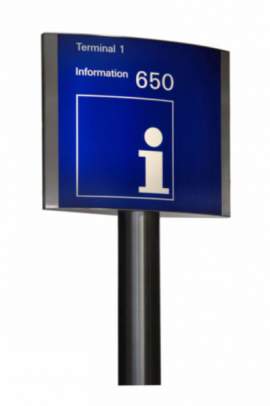
Quick Look Into Medicare Reform

Since the programs inception in 1965, medicare reform has been attempted many times and achieved several times. For example, the amount of contributions made by employers and their employees was previously capped at a certain amount. However, the rising cost of the program required that those contributions be a flat percentage of salary, with no cap in place.
In addition, medicare reform included the addition of prescription drug coverage in 1980. In 1988, catastrophic converge was added, but that act was repealed the following year. In 2003, the
Medicare Prescription Drug Improvement and Modernization Act made changes to the program, as did the Patient Protection and Affordable Care Act and Health Care and Education Reconciliation act of 2010.
Medicare reform has included a variety of changes to coverage, including the addition of prescription drug coverage, which often has a patient deductible. In addition, medicare reform has included changes in which types of medical services are offered through the program, as well as the number of doctors that accept medicare coverage.
In order to fund these changes, the Social Security Administration has taken several actions, including the removal on the cap for tax and payroll contributions to the program. In addition, Americans over 65 that have not contributed a minimum amount to the program during their working life, also must pay a premium to utilize the program.


















